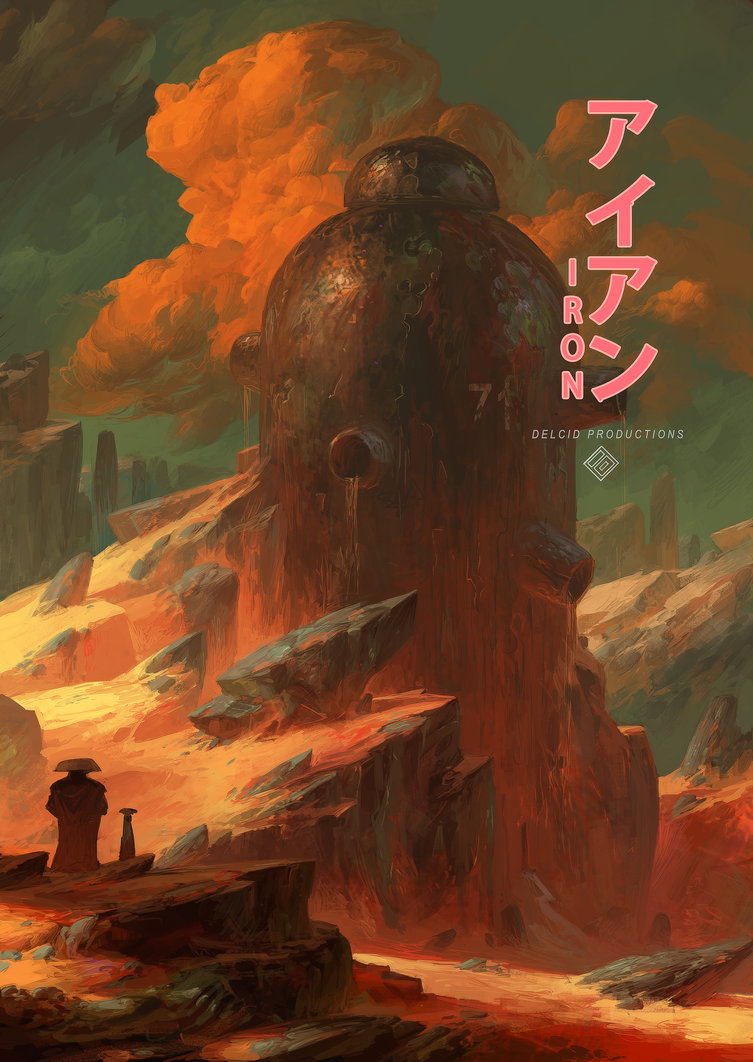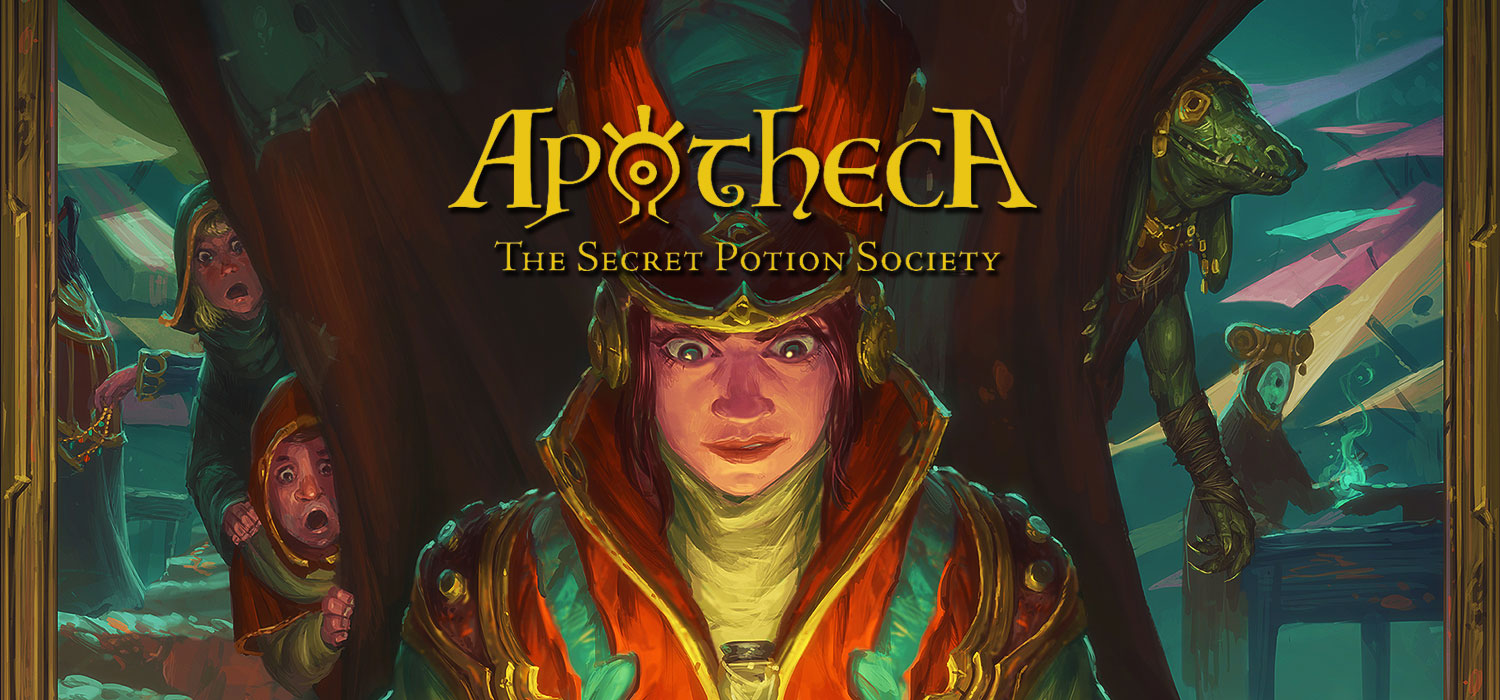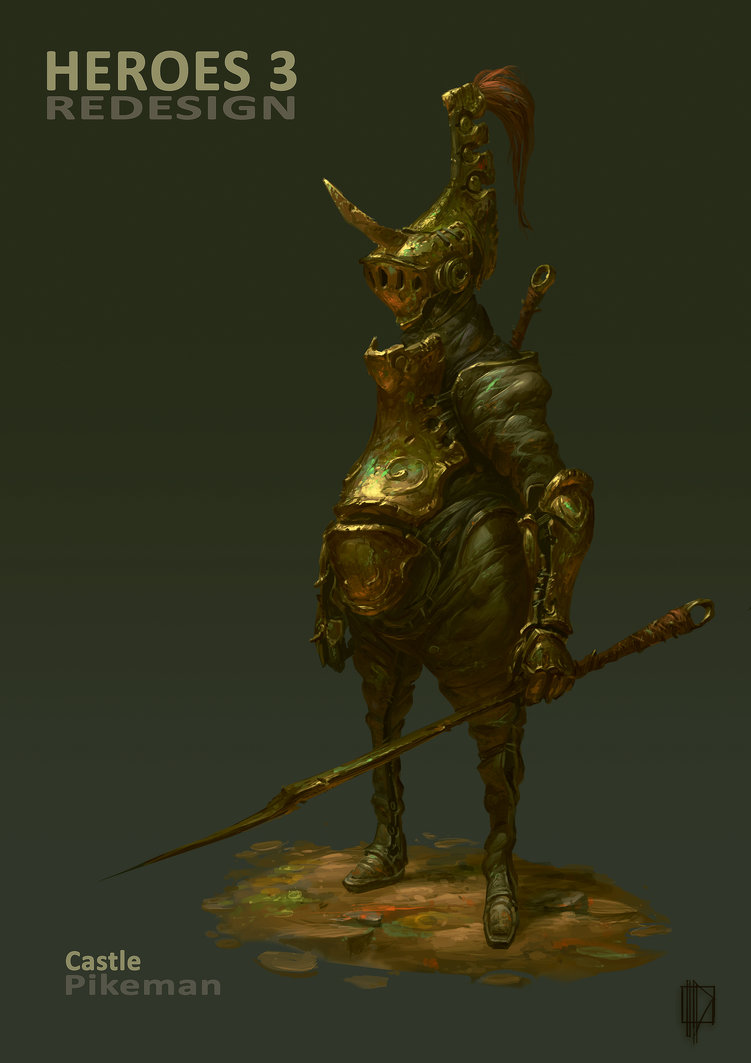Recently we backed the kickstarter board game Apotheca – Secret potion society by Andrew Federspiel and Knapsack games. The project was fully funded and reached all stretch goal with a funding of 563%!! which is insane. In a recent analysis of kickstarter projects I tried to evaluate how important the artwork is when doing a crowdfunded game.
We can only speculate how much the artwork affected Apotheca’s success because it also got some very nice reviews. Newer the less the fantastic artwork is made by Eduardo García who was kind enough to let us inside on his workflow and story. There is a lot of game designer interviews out there but here is some pointers from a gifted game artist…
Where are you from and what is your name?
Eduardo García aka del cid. From Zaragoza in Spain.
Tell us a little about yourself and you background?:
I’ve been drawing since I was I child to the point that it was clear for everybody that I would go to some kind of art school, but for some reason at a certain point I stopped drawing altogether. After ten or so years (I was studying Chemistry at the time) I realized that I wasn’t able to be as creative as I would have liked and returned to drawing, that is when I bought a Wacom Intuos and started painting digitally. Shortly after I started my studies at Digipen Bilbao, which were mainly directed towards 3D Modeling and Animation.
How did you get into board and card game design?:
During my second year at Digipen I was contacted to work as an illustrator for Lagoon: Land of Druids. I really enjoyed the experience so I immediately accepted when the guys from Knapsack Games asked me to work for Apotheca.
What things(books, games etc) have you worked on?:
Lagoon: Land of Druids, Apotheca and Faith (by Burning Games)
Do you work both digitally and non-digitally? and which do you find yourself doing more?
I work almost exclusively in a digital format, but sometimes I enjoy doing pencil sketches. I would like to learn oil painting though.
What is your favourite tools software & hardware?:
I started with Paint Tool Sai, then I moved to photoshop because it had some more features at the time, didn’t find them important, but some clients will ask for the .psd document.
Can you short describe your workflow – from you initial thought to the end. Do you research a lot, do initial sketches or do you jump right at it?:
If I’m doing something for a client I will usually have a folder with a couple of reference images, consisting mostly of other artist works and a couple of real photos. I will start with several very rough line sketches that let me and the client decide quickly which one of them is more appealing, then I will do the first sketch in color, which from afar should look like the finished piece. Finally, after applying all the corrections suggested by the client I draw the details.
In your recent work on Apotheca: The Secret Potion Society. Was there a lot of restrictions or was it an open brief from your client?:
In almost every project I have worked on there were very few restrictions, so I consider myself quite lucky, although I am aware that bigger projects will imply more constraints. The creators of Apotheca gave me even more freedom, to the point that it was sometimes difficult to have a concrete idea in my mind of what the card would should look like, even at the coloring phase. That said, I felt very comfortable working on such conditions and I wouldn’t have preferred it any other way.
Anything else about this project you want to mention?
Well, personally, I would have liked to spend more time designing the characters and the world behind Apotheca, but time schedule was pressing and we had to leave it at that.
Is there a difference when making board game illustrations compared to other illustrations?-
Not really, I have done mostly illustrations for board games, but every work ends up asking for similar things, which is to tell a story. The only difference I have experienced when making illustrations for cards is when they have to put some things on top of the image (the stats of the characters or a description), then I have to take those in account for the composition and placement of the different elements.
When working on a piece is there any specific techniques or tools you use?
Since I work digitally on photoshop I apply (usually at the end or separately from my original drawing) a series of adjustment layers (color balance, curves, gradient map…) because the way I paint is usually with very little contrast and the piece is sometimes difficult to appreciate at a first glance. I also prefer to use the same brush throughout the same piece, at least after the sketch.
I also prefer to use the same brush throughout the same piece, at least after the sketch.
How do you choose colors?
Experience and Color Theory gave me a couple an idea of colors that work well together. To get experience I do studies of other paintings or even photos (usually not just copying but creating new images closely based on a reference). Understanding how light and colors work was very important for me, it lets you have way more control over the forms and dimensions you want to convey.Just as a side note, I learned a lot from Feng Zhu, one of the things I learned was not to pick colors (with eyedropper) directly from images on Photoshop, picking your own colors lets you understand and play with colors in a better way.
one of the things I learned was not to pick colors (with eyedropper) directly from images on Photoshop
Do you have many layers (working non-destructive) or few layers (work more intuitively)?.
I think it would be easier for most artists to work in just one layer, reminding yourself of changing layers can be tedious but I think the final result is worth it, not only for the client, who can use parts of the image that are in different layers (like characters, backgrounds…) for promotional purposes, but also for yourself because it’s easier to modify things or get rid of them altogether. Working on layers is something that I do more and more but even for Apotheca I kept doing one layer paintings, and I regret doing it in the majority of cases.
What do you find most difficult to design?
Buildings. I find them quite tiresome to do, especially if they have to resemble something close to an actual nowadays building.
What is your favourite job or project type?
My goal nowadays is to become a Concept Artist, which focuses more on the design side of the project and on the final stages of the images. My dream job nevertheless would be designing and illustrating my own projects which would combine the creative part and the creation of final illustrations for everyone to see.
Who are your favorite artists out there?
I have a few, but without a doubt in my top would be Ruan Jia, Alexandre Zedig Diboine, Theo Prins, Thomas Scholes, Sergei Kolesov and Dave Rapoza.
Do you play board games yourself and do you have an favorite game?
Yes, but only recently, probably because I started doing them. My favourite would be Citadels, but I have also played Carcassonne and a couple others. I still prefer tabletop role-playing games.
Any words of wisdom you could give about being an artist?
A lot of starting artist, myself included, will sometimes forget that being an artist is like any other profession, sometimes you need to see what the consequences of accepting a low wage will do to every other artist in the industry, no matter how much you enjoy doing it. That said I am very grateful that the clients I worked for didn’t took advantage of my inexperience.
Finally – is there any place of inspiration, personal shop links or other resources you want to advocate?
Luckily I discovered Feng Zhu quite early and that helped immensely my understanding not only of design but also of the entertainment industry as a whole:
https://www.youtube.com/user/FZDSCHOOL/videos
Recently I also discovered these resources made by Thomas Scholes, who shares tutorials, theory and even .psd docs, truly priceless:
http://www.artofscholes.com/ (the tab of Process/ Resources)
We thank Del Cid for his story! Hopefully we will see more work from him in the future. Here at GHG we also hope to do more interviews like this. If you have any wishes for future questions please drop a comments below.
All images are the property of the artist.





Great style